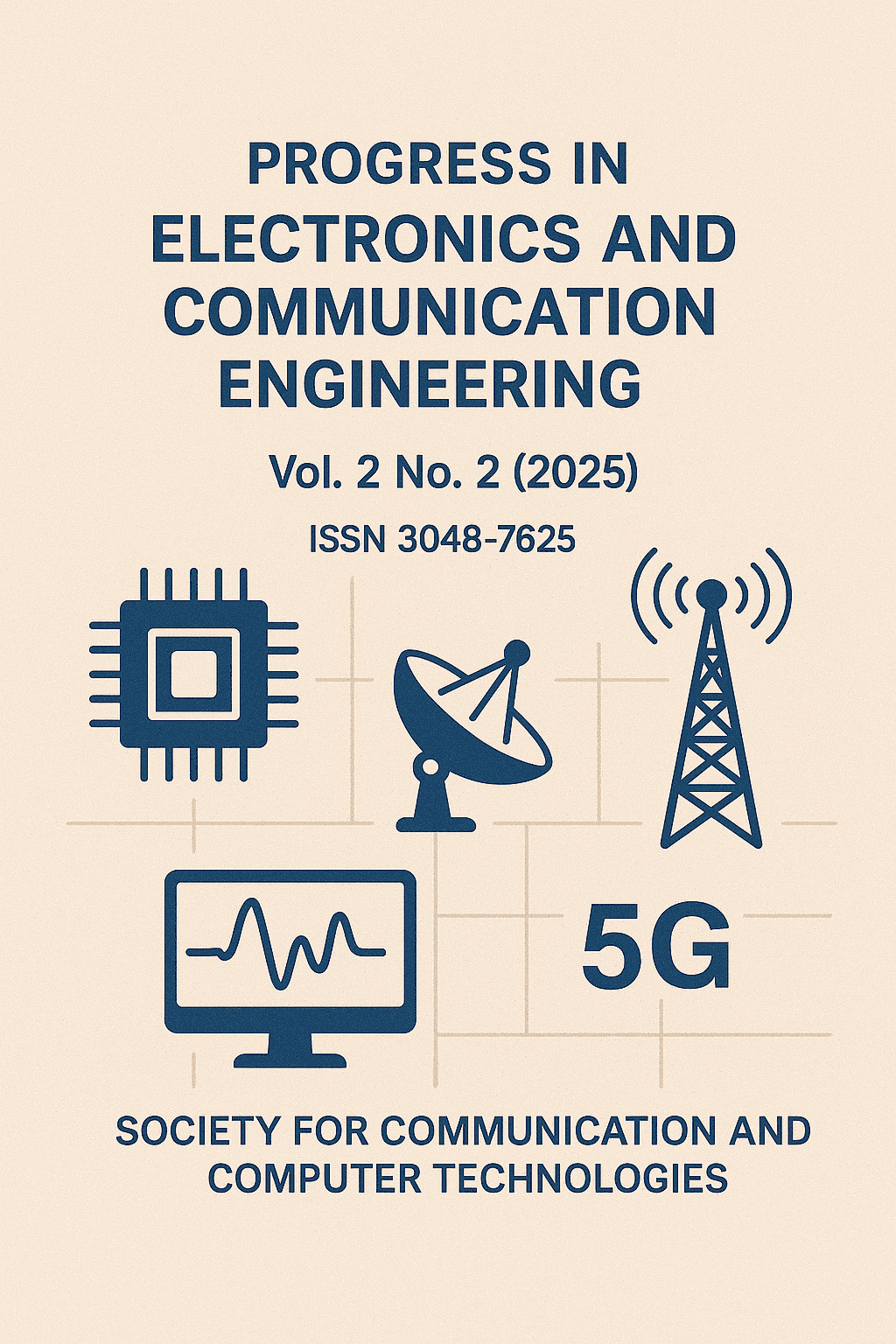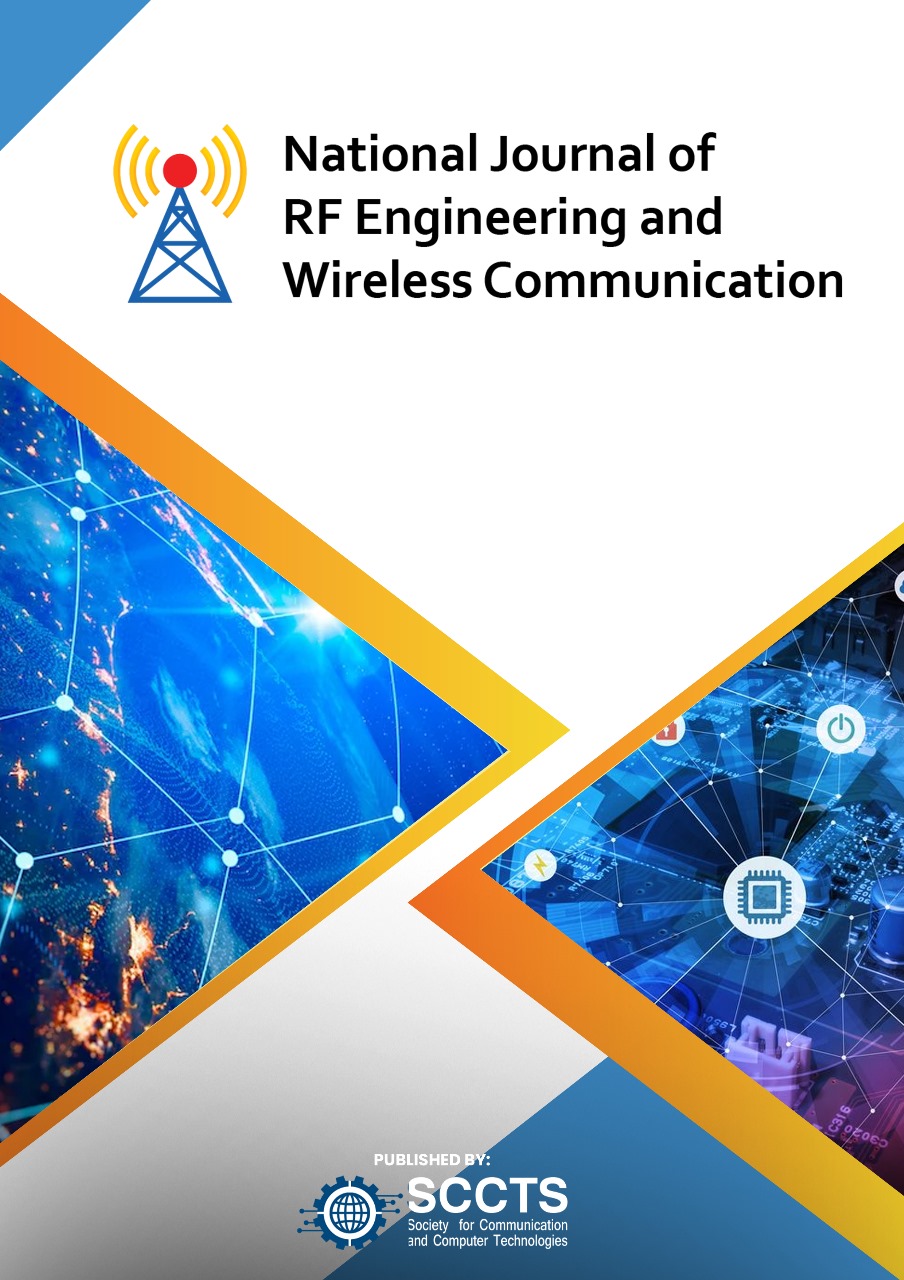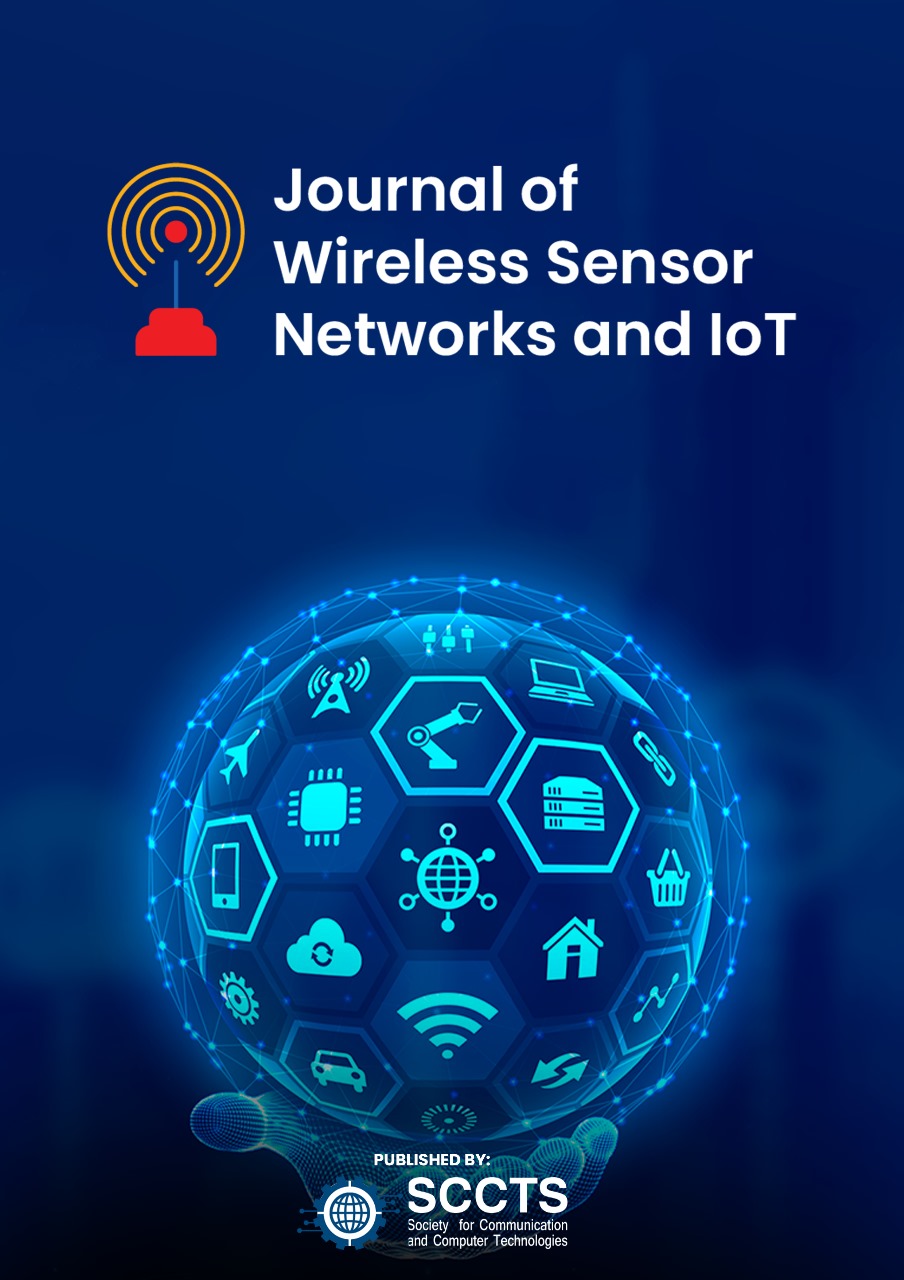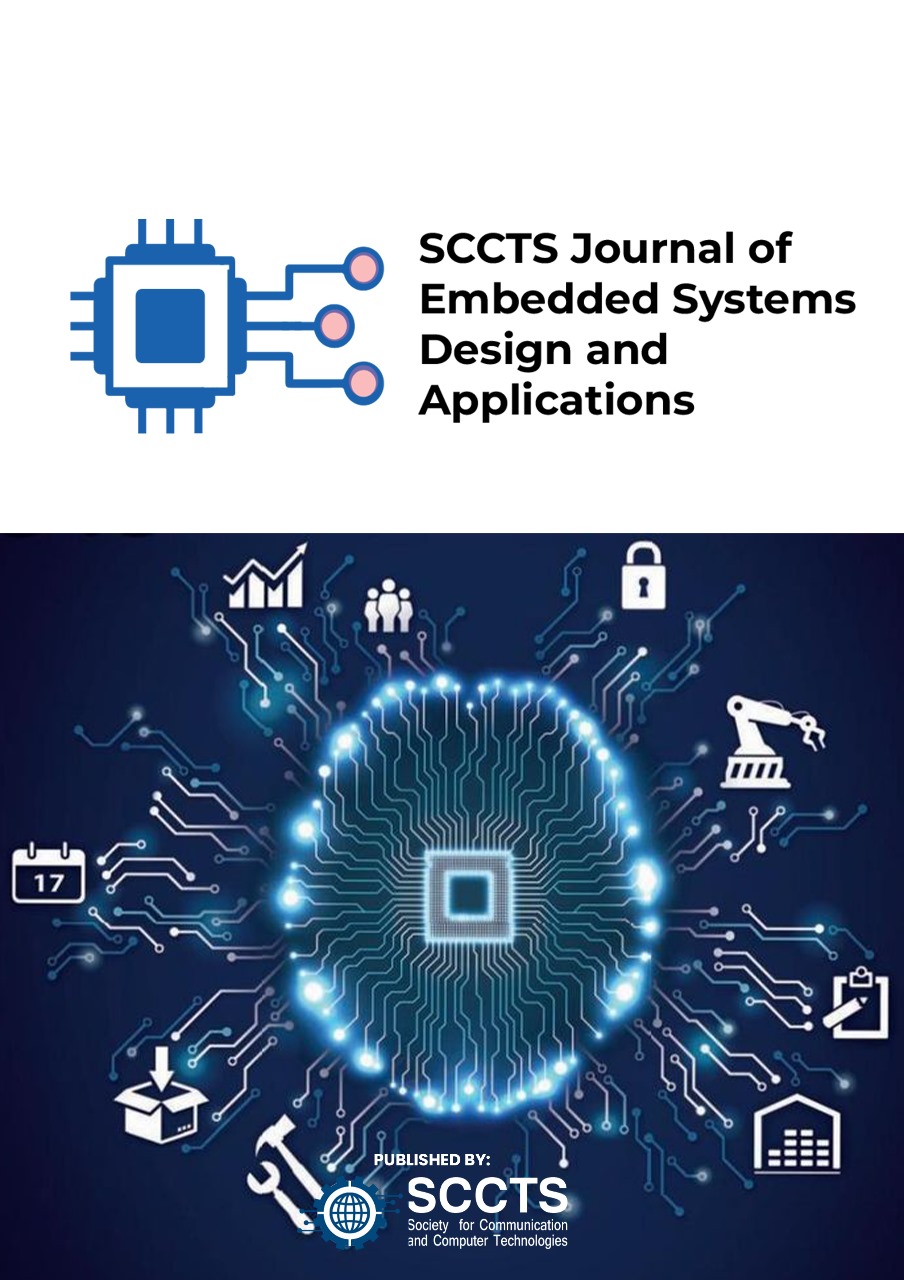Photonic Integrated Circuits: Key Concepts and Applications
DOI:
https://doi.org/10.31838/ECE/02.02.01Keywords:
Photonic Integrated Circuits (PICs); Optical Communication; Waveguides; Silicon Photonics; Modulators; Detectors; Quantum Computing; Biomedical SensingAbstract
Photonic Integrated Circuits (PICs) represent a groundbreaking advancement in the field of photonics, akin to the role of electronic integrated circuits in electronics. By integrating multiple photonic functions into a single chip, PICs offer significant advantages in terms of size, power consumption, and performance for various applications. These circuits utilize light to perform operations traditionally handled by electronic circuits, enabling ultra-fast data processing and communication with minimal energy loss. The primary components of PICs include waveguides, modulators, detectors, and lasers, which are fabricated using materials like silicon, indium phosphide, and silicon nitride. The integration of these components on a single substrate facilitates complex optical signal processing, including multiplexing, demultiplexing, and switching. PICs are pivotal in advancing technologies such as high-speed optical communication, quantum computing, and biomedical sensing. Their ability to process large amounts of data at the speed of light is crucial for meeting the growing demands of data centers, telecommunications, and sensor networks. Ongoing research focuses on improving the scalability, efficiency, and integration density of PICs, as well as developing new materials and fabrication techniques. As a result, PICs are poised to revolutionize numerous industries by enabling faster, more efficient, and highly integrated photonic solutions.


















